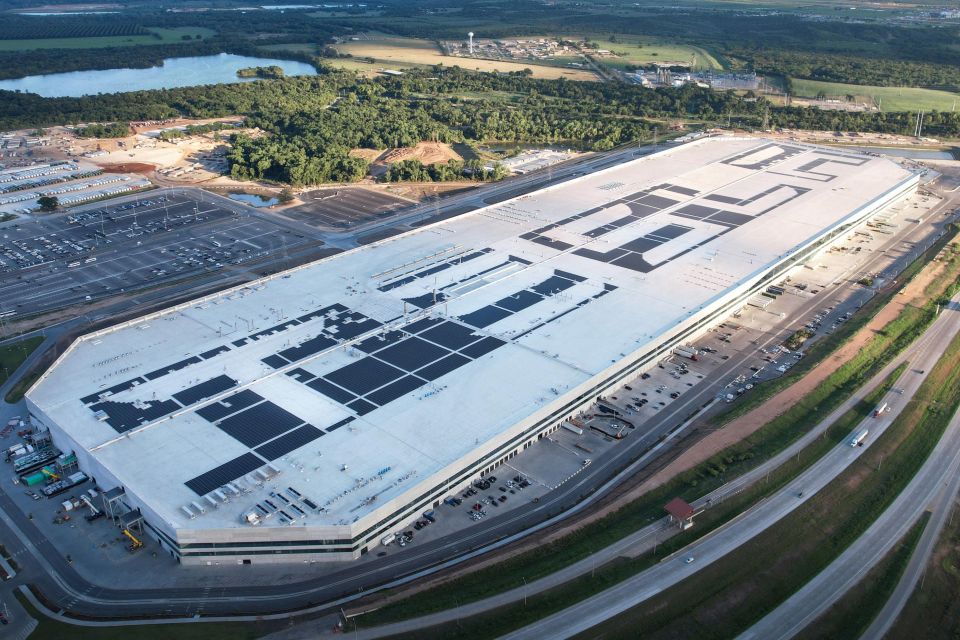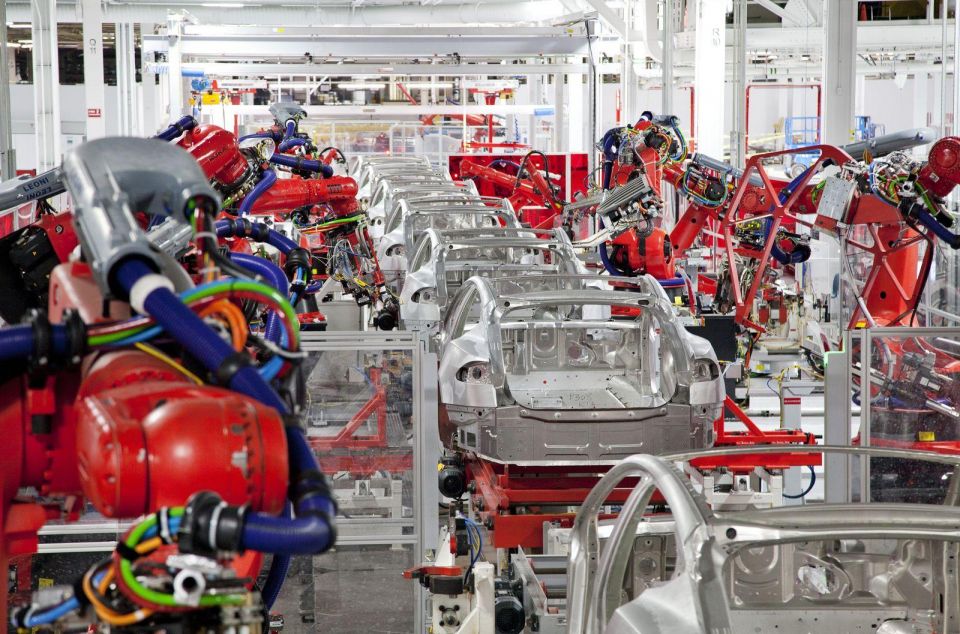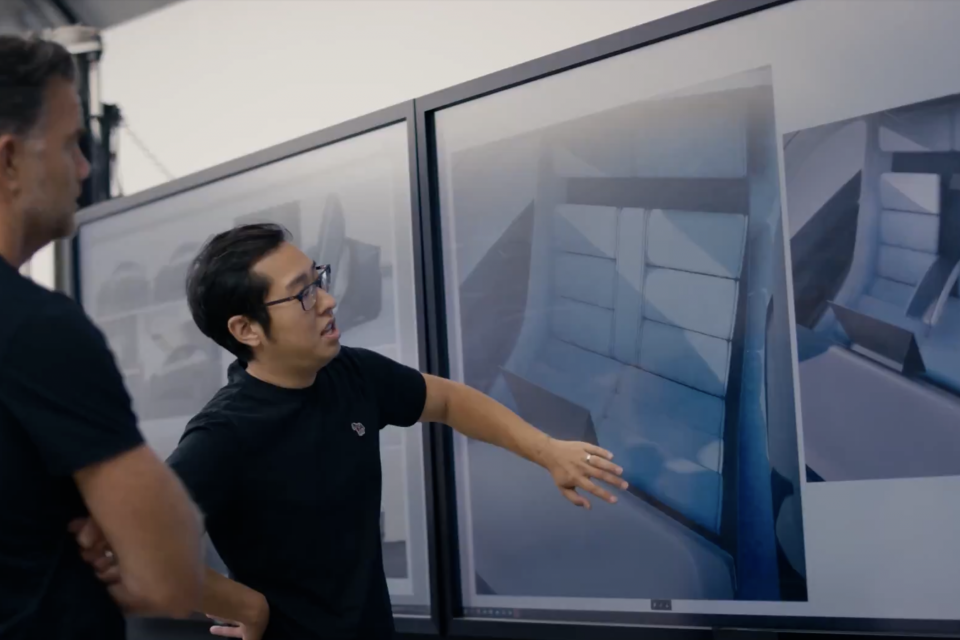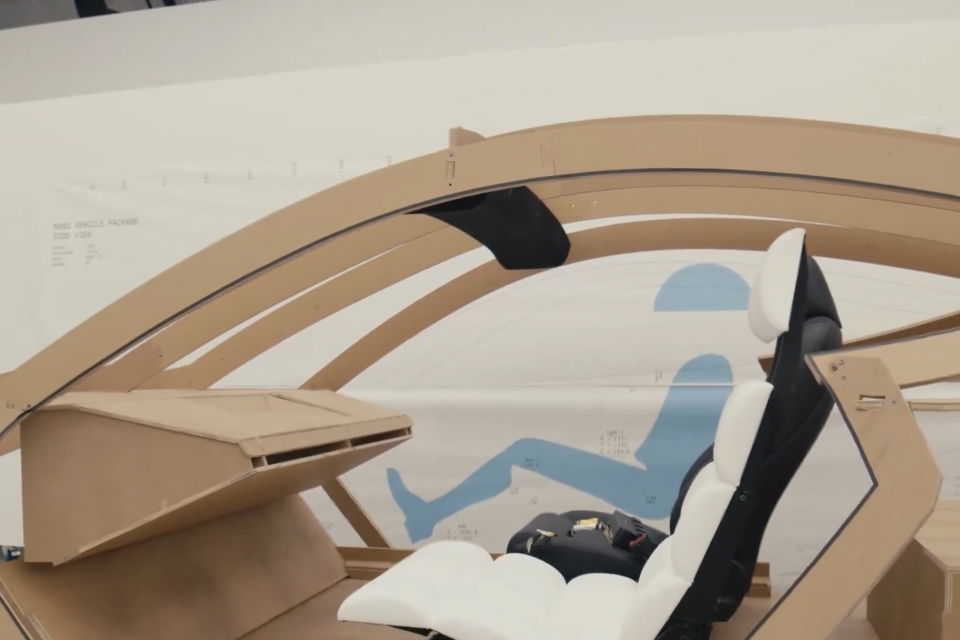

William Stopford
The cars revealed in 2025 we wish would come to Australia
16 Hours Ago

Contributor
Electric vehicle giant Tesla may have backtracked on ambitious sales goals which would have seen it comfortably become the world’s largest carmaker by the end of the decade.
Since 2020, Tesla CEO Elon Musk has claimed the brand was aiming to sell 20 million vehicles annually by 2030.
This would be a tall order, given Toyota – which has been in the car industry for almost 90 years – set a global sales record last year, delivering 11,233,039 vehicles across its namesake brand, the Lexus luxury brand, its Daihatsu small-car division, and its Hino truck arm.
Tesla sold 1,808,581 vehicles globally in 2023, less than one-fifth of Toyota’s total, however this was a 30 per cent improvement on its sales results the year prior.

News agency Reuters was the first publication to spot Tesla’s latest impact report, published overnight, no longer includes the 20 million vehicle sales target, despite including the goal in its 2021 and 2022 reports.
Though there has been no official reason given as to why the sales goal has been removed, Reuters suggests Tesla is soon pivoting to the development of autonomous robotaxis and away from its more traditional vehicle-based roots.
In April, the outlet published a report claiming Tesla had cancelled its plans to launch a more affordable EV, citing three sources familiar with the matter.

Tesla executives including Mr Musk soon cast doubt over the report, with the CEO even telling his followers on X – formerly known as Twitter, a platform he owns – that “Reuters is lying (again)”.
However, since then Tesla hasn’t made any announcements regarding the long-rumoured “US$25,000 (A$40,000)” model, despite setting an August 8 reveal date for the robotaxi which was expected to be based on the same platform as the cheaper EV.
In a first-quarter investor presentation, Mr Musk said Tesla would use “aspects of the new-generation platform as well as aspects of our current platforms” in its new EVs, rather and a ground-up bespoke architecture.
This decision was based on time, allowing the new vehicles to be launched sooner than first expected.


While Tesla previously aimed to launch as many as 10 models by 2030 in a bid to reach its 20 million annual sales, it’s not known whether this target remains.
The brand’s current global lineup includes the Model Y and Model 3 core lines, the Model S and Model X premium models, the Cybertruck pickup and the Semi truck, while the second-generation Roadster is still awaiting its debut.
Only the Model Y and Model 3 are sold in Australia, as the remaining cars are exclusively built in left-hand drive.
MORE: Everything Tesla
Where expert car reviews meet expert car buying – CarExpert gives you trusted advice, personalised service and real savings on your next new car.
Born and raised in Canberra, Jordan has worked as a full-time automotive journalist since 2021, being one of the most-published automotive news writers in Australia before joining CarExpert in 2024.


William Stopford
16 Hours Ago


Josh Nevett
17 Hours Ago


Ben Zachariah
1 Day Ago


CarExpert.com.au
2 Days Ago


Damion Smy
2 Days Ago


Damion Smy
2 Days Ago